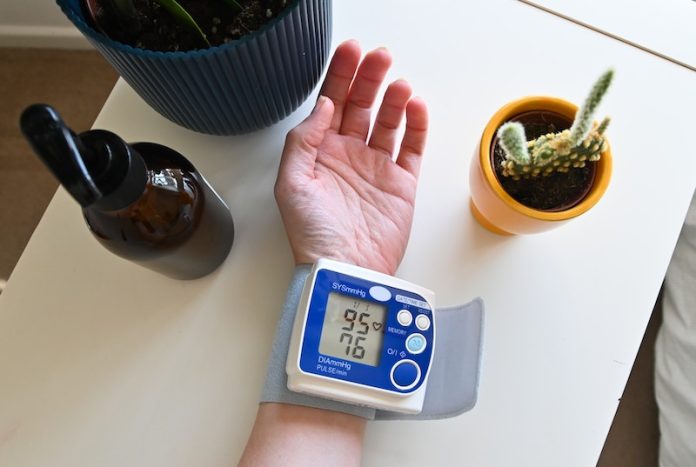
When you go to the doctor’s office for a checkup, you often get your blood pressure measured. You know, the cuff around your arm tightens, and then you see two numbers pop up on the screen.
But what do those numbers really mean for your health? It turns out, one of those numbers may be more important than the other. Let’s break it down.
The Basics of Blood Pressure
Blood pressure readings have two parts: a top number and a bottom number. The top number is called “systolic” and it measures the pressure when your heart beats and sends blood rushing through your veins.
The bottom number is called “diastolic,” and it’s the pressure when your heart takes a tiny break between beats.
High blood pressure is bad news. It’s a big issue around the world, and it puts people at risk for all kinds of serious health problems.
These can include heart attacks, kidney failure, and even issues with your brain. More recently, people have discovered that high blood pressure can make COVID-19 even more dangerous.
The Big Question: How Low Can You Go?
Up until now, a lot of attention has been given to both the top and bottom numbers, but a team of researchers decided to take a closer look at the bottom number (diastolic pressure).
This team included scientists from NUI Galway, and they studied health data from over 47,000 people from around the world who are about 60 years old.
The surprising thing they found? There really isn’t a “too low” when it comes to the bottom number. Even when the bottom number got as low as 50, it didn’t seem to make people more likely to have heart problems.
On the other hand, if the top number (systolic) was above 120, the risk for heart disease and stroke did go up.
How This Changes Things
This is important because it might make doctors rethink how they treat patients with high blood pressure. Traditionally, doctors have aimed to keep that bottom number within a certain range (usually between 70 and 90).
But if this new study is correct, doctors could focus more on bringing down the top number, without worrying that the bottom number will get too low.
The New Guideline
The researchers suggest that if you have high blood pressure, you should aim to get your top number (systolic) between 100 and 130, if that’s doable and you don’t have any bad side effects.
And it looks like you don’t have to worry so much about the bottom number falling too low.
This research was led by a man named Bill McEvoy and his team, and they published their findings in a science journal called Circulation.
So, next time you get your blood pressure checked, you might want to pay a little more attention to the top number. It could be a key clue to keeping your heart healthy.
If you care about blood pressure health, please read studies about Controlling high blood pressure: What is the ideal goal for older people? and findings of Detective scientists solve the mystery of high blood pressure.
For more information about nutrition, please see recent studies that beetroot juice could help reduce blood pressure, and results showing cinnamon could help lower high blood pressure.
Follow us on Twitter for more articles about this topic.
Copyright © 2023 Knowridge Science Report. All rights reserved.



